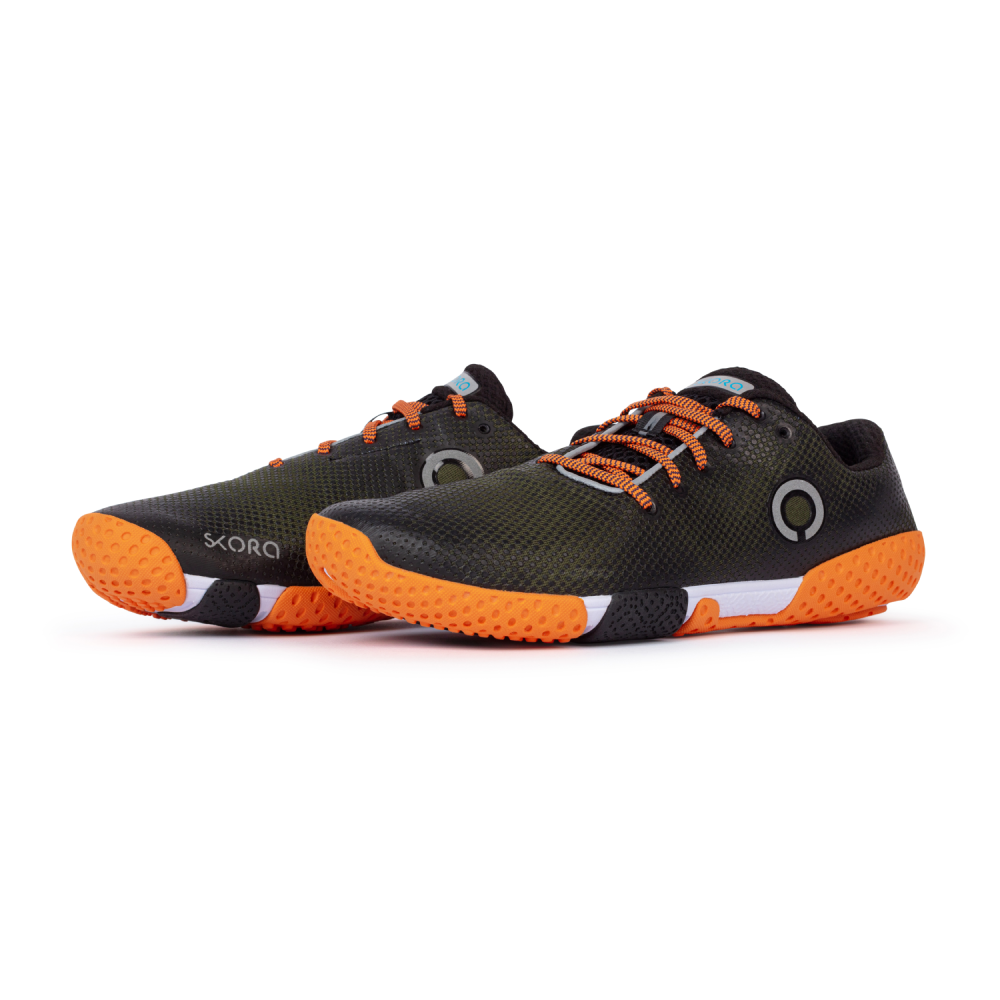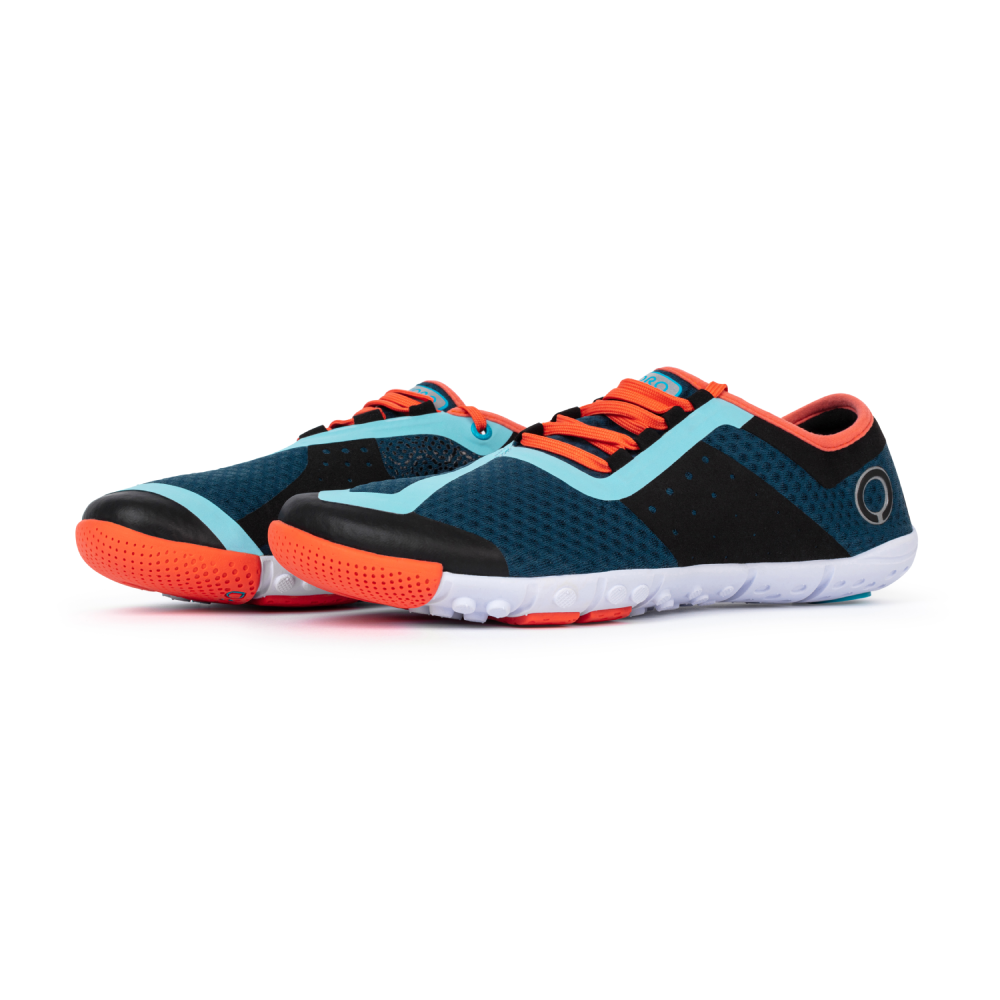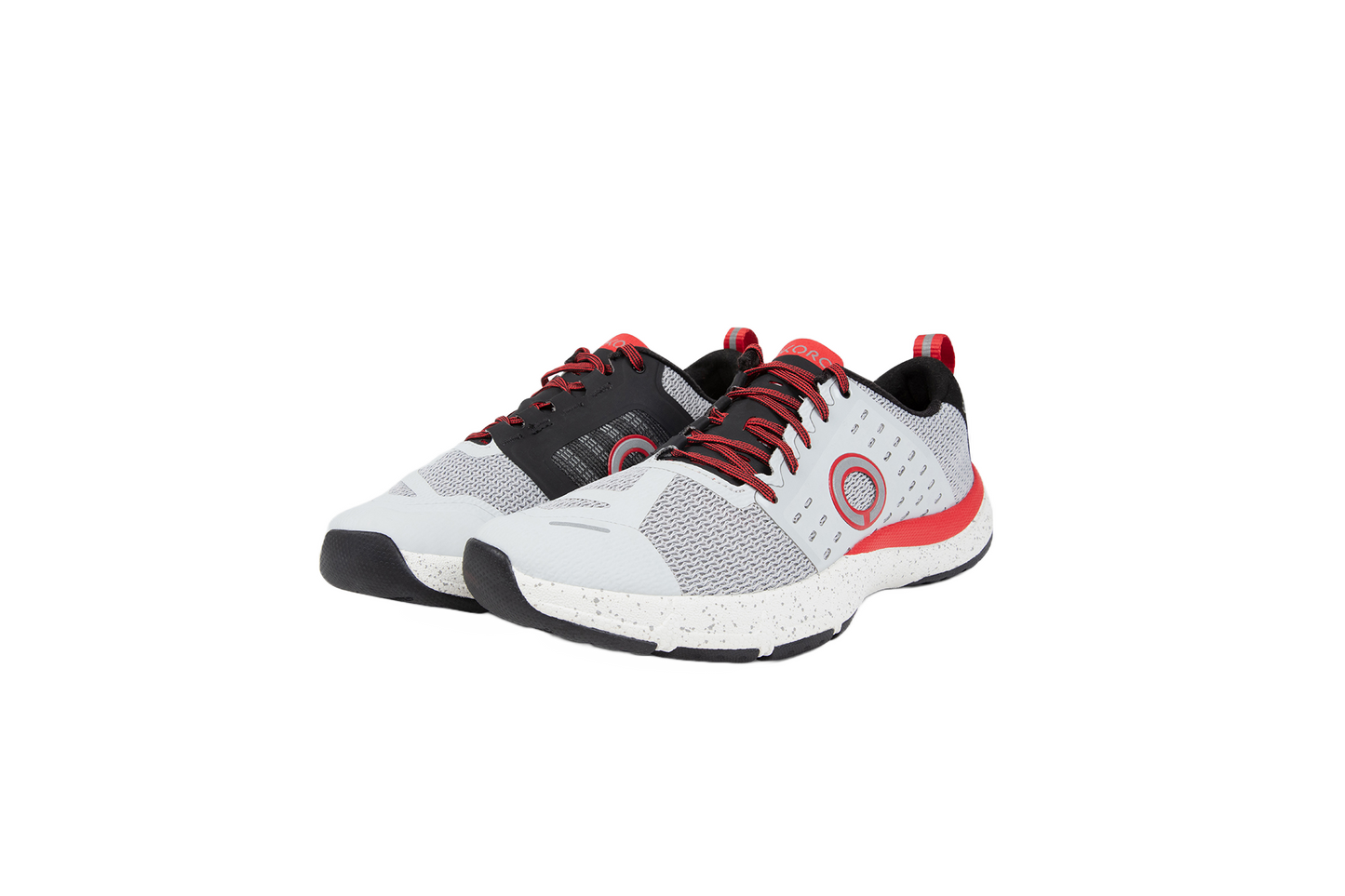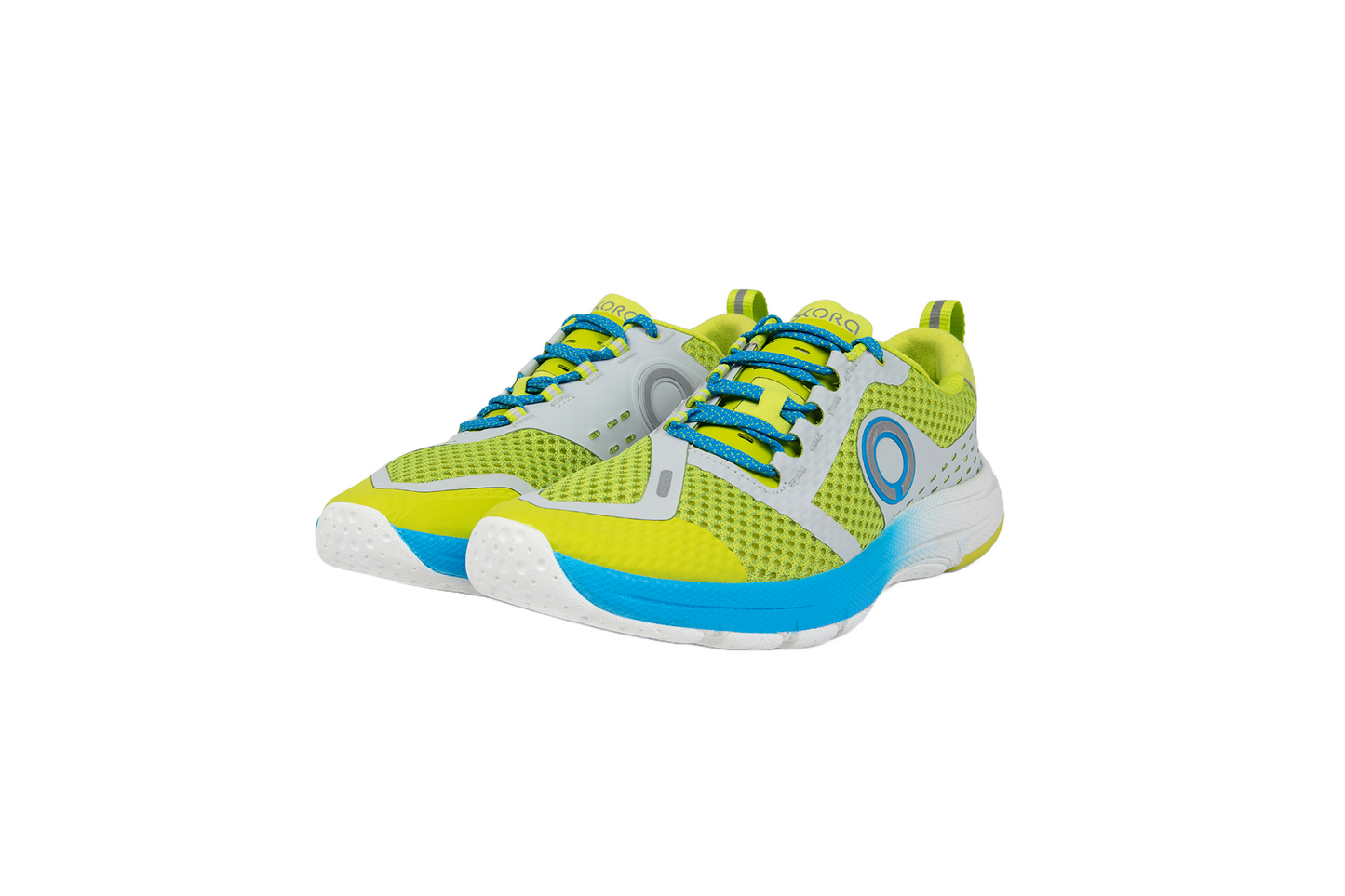“Are your shoes good for people with heel problems?”
This is a rather common question asked of us here at SKORA.
You can replace “heel problems” with shin splints, plantar fasciitis, or any other possible injury.
Now the answer is, as it usually is, it depends.
People are often very quick to blame their shoes, and that’s understandable. For years shoe companies have been touting their products as a cure-all for any injury. However, it may be the case that most of the time injuries have little to do with shoes.
There are numerous reasons an injury may occur.
I often hear about how an individual had some sort of foot issue, and switching to our shoes suddenly resolved the pain. This was my experience long before SKORA ever existed. I was experiencing heel pain in my casual and training footwear. After nearly a summer of no running and trying numerous procedures that worked for the heel pain of others, I switched my casual/work shoes to lower profile zero drop footwear and this would noticeably delay how long I could stand before the heel pain would kick in.
I did the same with my running shoes, switching them to a pair with the same heel as midfoot height. If I were to start the run with some heel discomfort after a long day standing on my feet, before the first mile was up my heels were pain free while running! Even after this if I was to wear dress shoes with a raised heel, I experienced some pain.
In other cases an injury occurs when the accumulated load/stress on an area is greater than what that specific tissue can endure.
Take, for example, my ankles.
In the past, when I moved to a location with easier access to very technical trails, I jumped right into running on those routes. However after a couple weeks my ankles started to give me some troubles, just a bit of soreness. I attributed this to the recent bump in time on technical trails and my ankle’s lack of strength specific to this terrain. I simply spent a couple more weeks with less time on those trails and more time on the road or easier off-road routes.
Problem solved. This was simply an overuse issue; shoes had nothing to do with it.
Another more recent potential injury was during a previous autumn. A cold spell kicked in and I decided I wanted nothing to do with it, so I started doing much of my training on a treadmill at a slight incline. I can’t say if it was the treadmill itself or the incline I had it at all the time, but my hamstrings became quite tight. I eased off on the treadmill running and the tightness decreased. For a while if I would run on some hilly routes they would cramp back up again, but after a few weeks of mindful running the potential injury was avoided.

What all this is meant to show you is that the shoes are not always the cause of running injuries.
The question of “Are your shoes good for people with plantar fasciitis” is impossible to answer, because it’s unknown what the cause of the injury actually is. Your shoes may be contributing, they may not. As you can see from my first example, I have been pain free under my feet since switching to lower profile and flexible footwear.
However I’ve also experienced little niggles that were completely unrelated to my footwear choice. Luckily I was able to recognize these, modify my training, and avoid injury.
With all things in athletics, doing so successfully is all about finding out what works best for you. That includes training characteristics and footwear choice.
Kyle @ SKORA
You may also like:
Minimalist Running Shoes and Injury Risk | Craig Payne at Run Research Junkie | “They pretty much showed that it did not matter what type of running shoe was used during their basic training, it did not affect the injury rate.”
Blame the Runner: Shoes Don’t Cause Injury | Devon Jackson at Outside Online | “Up to 90 percent of running injuries could be classified as training errors, says Langer. One’s body mass index, history of injury, amount of pronation, too little rest, too much high-intensity running (hills, speed workouts), not enough cross training, abrupt changes in training volume, etc.”
The Key to Preventing Overuse Injury in Runners is Load Management | Craig Payne at RunResearchJunkie | “So prevention is all about managing the load on the tissue and increasing the ability of the tissue to take the load…. ie load management. If you look differently at all the risk factors that get identified in all the multiple studies on all the different overuse injuries, they all come back to: load management.”
Variety in Running to Lower Injury Risk | Kyle at SKORA Running | “A recent study determined that athletes who use different shoes for different runs have a 39% lower injury rate than those who used the same shoe for all of their training. We’ll get to why, in a moment.”




